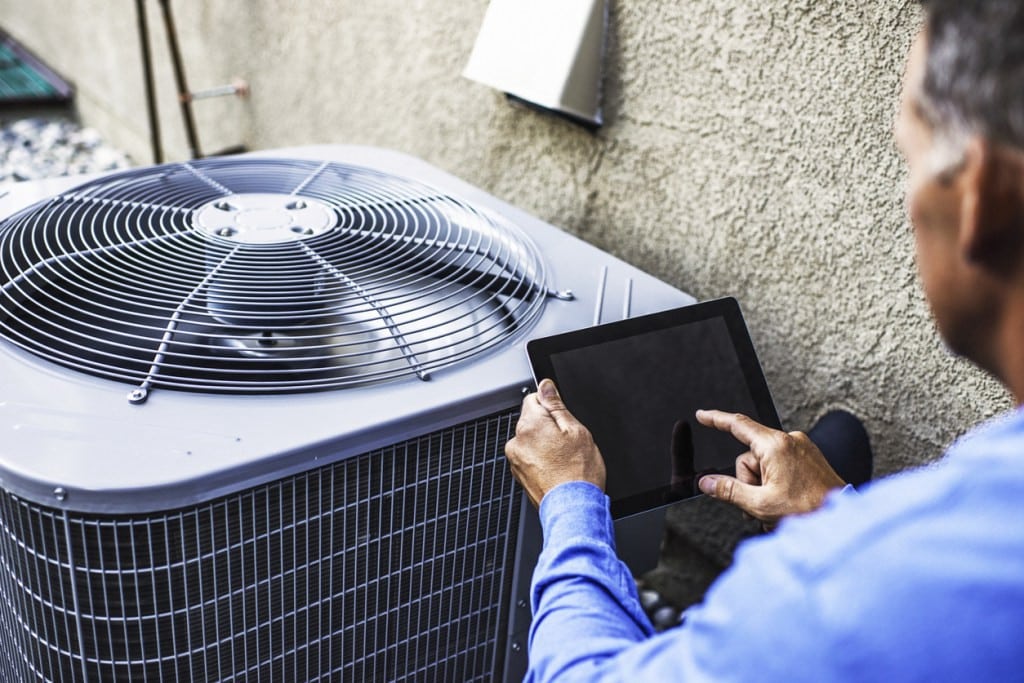Your Roof and What You Need to Know
The single largest category for complaints against home inspectors is missed roof leaks. Leaks can be masked and unknown to the home seller. Leaking roofs can cause tremendous damage and are costly to replace or repair. The inspector must use all resources to determine the condition of the roof covering and if it is keeping the water out. Consider that an average Atlanta roof can shed 30,000 gallons of rain water a year. For comparison that is 18,750 toilet flushes. That is a lot of water hitting the roof, running through the gutters and finally hitting the ground. Roof style, height, pitch and roof covering materials are all important in determining what we can expect for roof water shedding performance. The inspection standards also require describing how the roof was inspected. Actually walking on the roof when possible is the best inspection method. This allows the inspector to look closely at the entire roof. Due to height and roof pitch, walking on the roof is usually not an option. Using binoculars, viewing from the ground, looking out windows and putting a ladder to the eave edge are all acceptable alternatives. Some parts of the roof may not be viewable due to height or pitch. Those areas must be identified in the report.
The sole purpose of the roof inspection is to determine the condition of the roof and if it is keeping the water out. This is not an easy task and there are no short cuts to learning how to be a good roof inspector. Experience and making mistakes is the best teacher. Heat, wind, hail and water start to deteriorate shingles from the day they are installed. Poor installation practices may not result in symptoms for years after the shingles are applied. Before making an assessment on roof covering condition, many observations are made. Shingle wear, wear patterns, patching, missing or broken shingles, ponding sediment on flat roofs, toe board holes, the number of roof covering layers and any sagging noted in the roof line. A roof inspection is not complete without an inspection of the underside of the roof done from the attic. Evidence of active or pass leaking tied to shingle age is valuable information. If you have elevated moisture levels in the roof sheathing in the attic, you have an active leak. It goes without saying that all roofs on the house and any inspected detached structures will also be inspected.
Customers may want to know how much longer the roof will last. This obviously is an impossible question to answer. A roof that is working today could start leaking tomorrow or in ten years. We have seen new roofs that leak and 20 year old roofs that do not. Many roofers in this market have gotten better with installation over the years but with some of our severe weather shingle life is unpredictable. A good standard answer might be that in the Atlanta area, a typical three tab shingle has an average life of about 15 years. All bets are off with the next hail storm.
Roof flashing, usually metal, is used at roof/wall junctures, around chimneys and above gutter terminations. Flashing is used at interface areas to keep water from entering the structure. Kick out flashing is used above gutter terminations to “kick” water flowing down the shingles into a gutter or away from the siding. The lack of proper flashing was part of the 1990’s problem with synthetic stucco and wood composition siding. Flashings are inspected for condition, caulking and functionality.
Skylights, attic vents and plumbing vents are all holes in the roof and possible water entry points. Properly installed components and flashing are essential for keeping water out. The exterior conditions are noted but more importantly, it is the interior that will show evidence of leaking or possible repairs.
Gutters and downspouts have one job. Collect the water landing on the roof and direct it away from the house and foundation. Gutters must be free of debris and properly slopped to allow water flow. Gutters filled with water and can pull away from their fastenings rendering them useless. If gutters have been removed or are missing, it should be noted. Shingles, eave edge flashing or drip edge should lap over the back of the gutter so water does not get behind the gutter to the fascia and soffit. Underground drains for downspouts are a way of getting water away from the house without erosion or adding more surface water to the ground. Unfortunately, they are impossible to inspect and can easily clog. These problems should always be mentioned in the inspection report with a suggestion to the customer to check out the points where the downspouts connect to the underground drains during heavy down pours.

